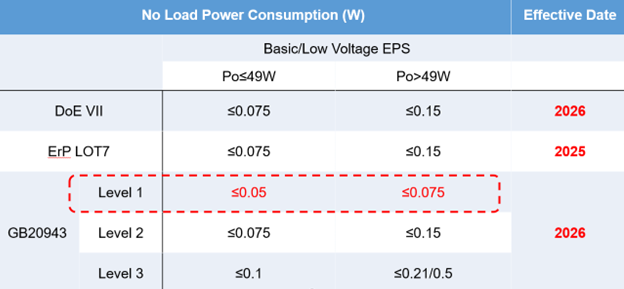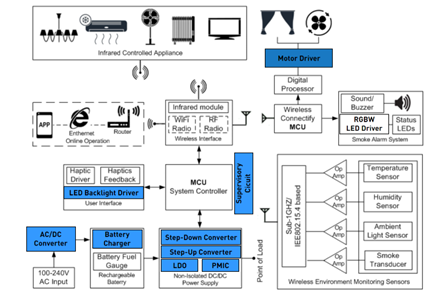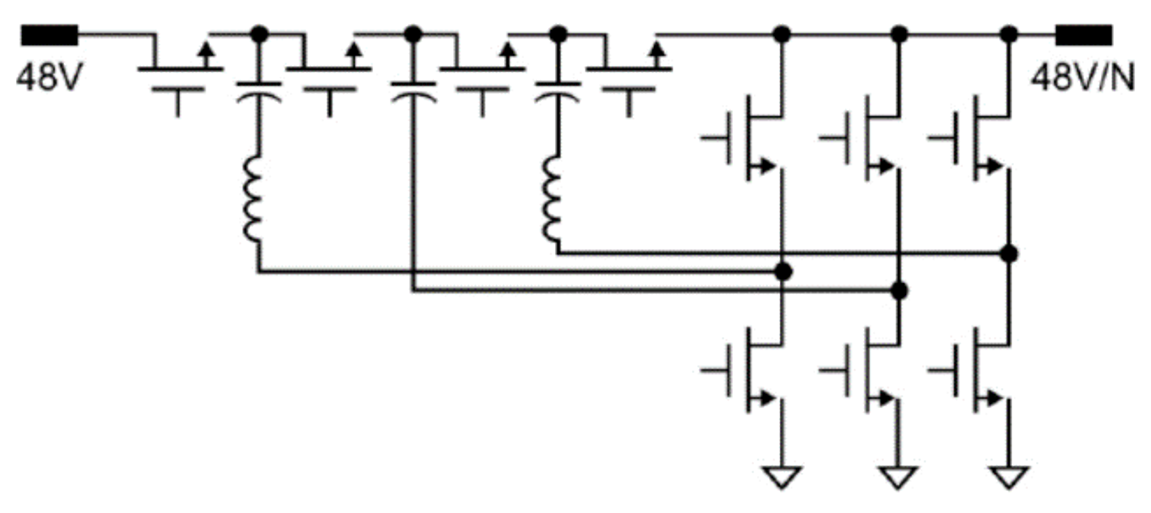Introduction
AC-DC converters are electronic circuits that convert alternating current (AC) into direct current (DC). These converters are widely used in electronic devices that require DC power, such as computers, televisions, and smartphones. The motivation for using AC-DC converters arises because AC power is the standard power delivered by utility companies, whereas many electronic devices require DC power. AC-DC converters enable AC power conversion to DC power, allowing electronic devices to operate efficiently and effectively.
The components of AC-DC converters include a step-down transformer, switches such as diodes and thyristors, a passive filter comprising an inductor and a capacitor, and a load. The selection of a particular type of AC-DC converter is determined by the voltage and current output requirements of the device, as well as the desired level of efficiency and dependability. Among the frequently employed AC-DC converter types are transformers, diode rectifiers, and voltage regulators.
AC-DC converters offer a significant advantage in providing a steady and dependable supply of DC power, which is critical for the smooth operation of various electronic devices. These converters ensure that the electronic device receives a constant level of power by converting AC power to DC power. Moreover, AC-DC converters can help decrease energy waste and enhance the efficiency of electronic devices by enabling more efficient and effective power delivery.






直接登录
创建新帐号